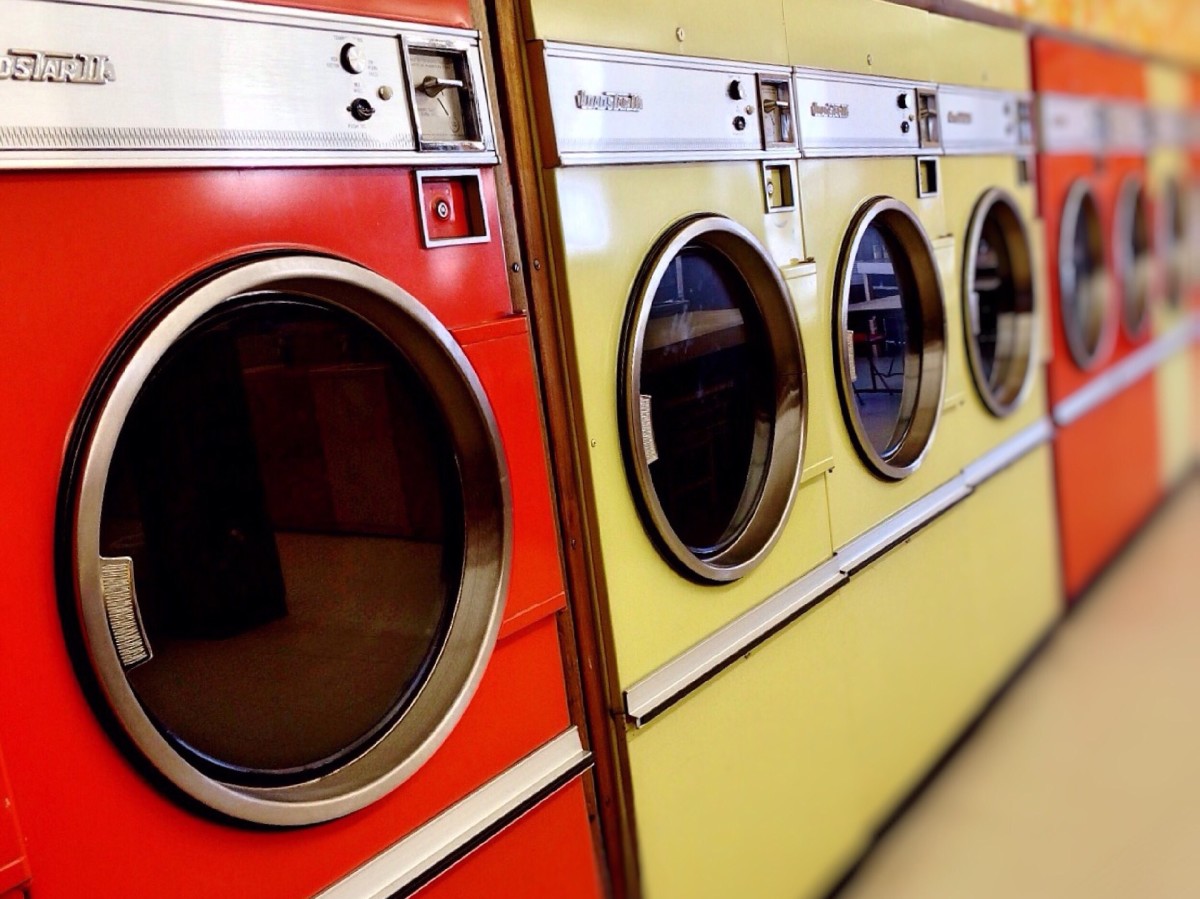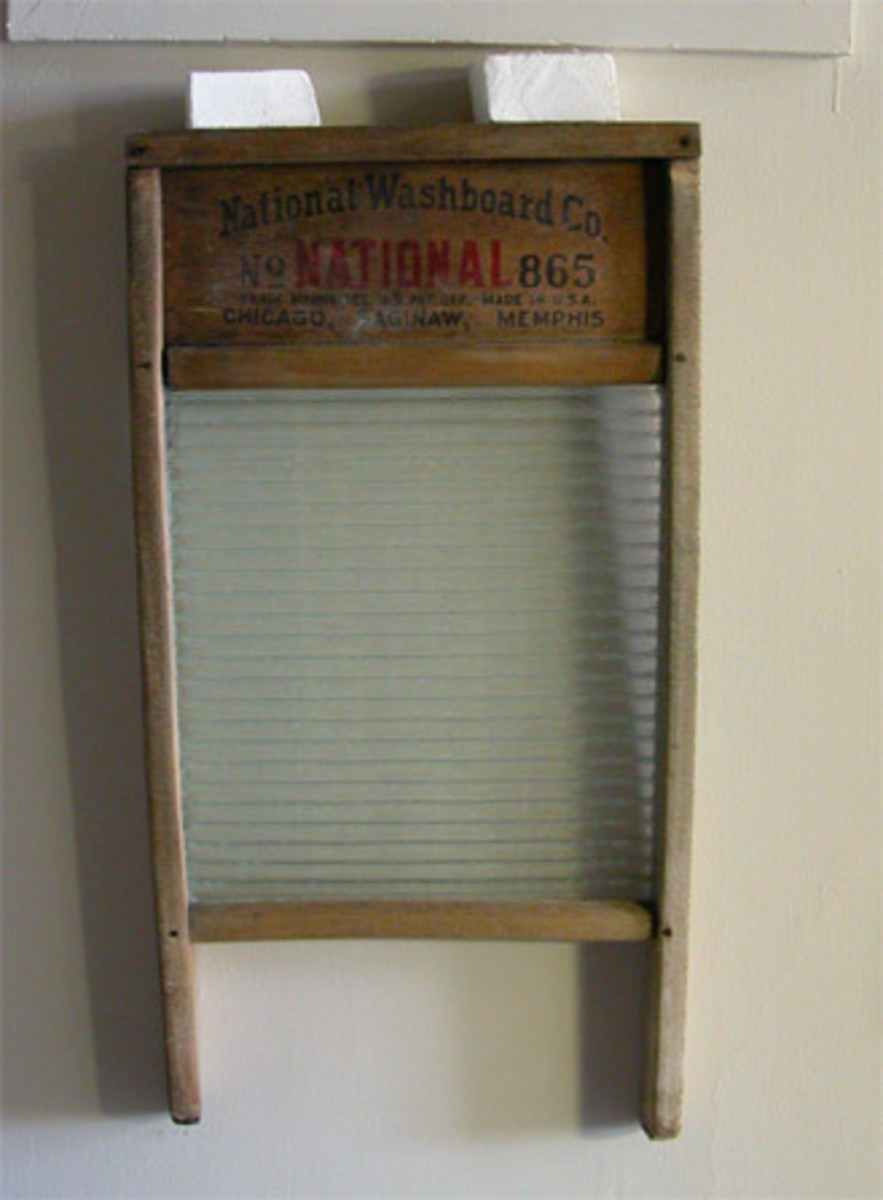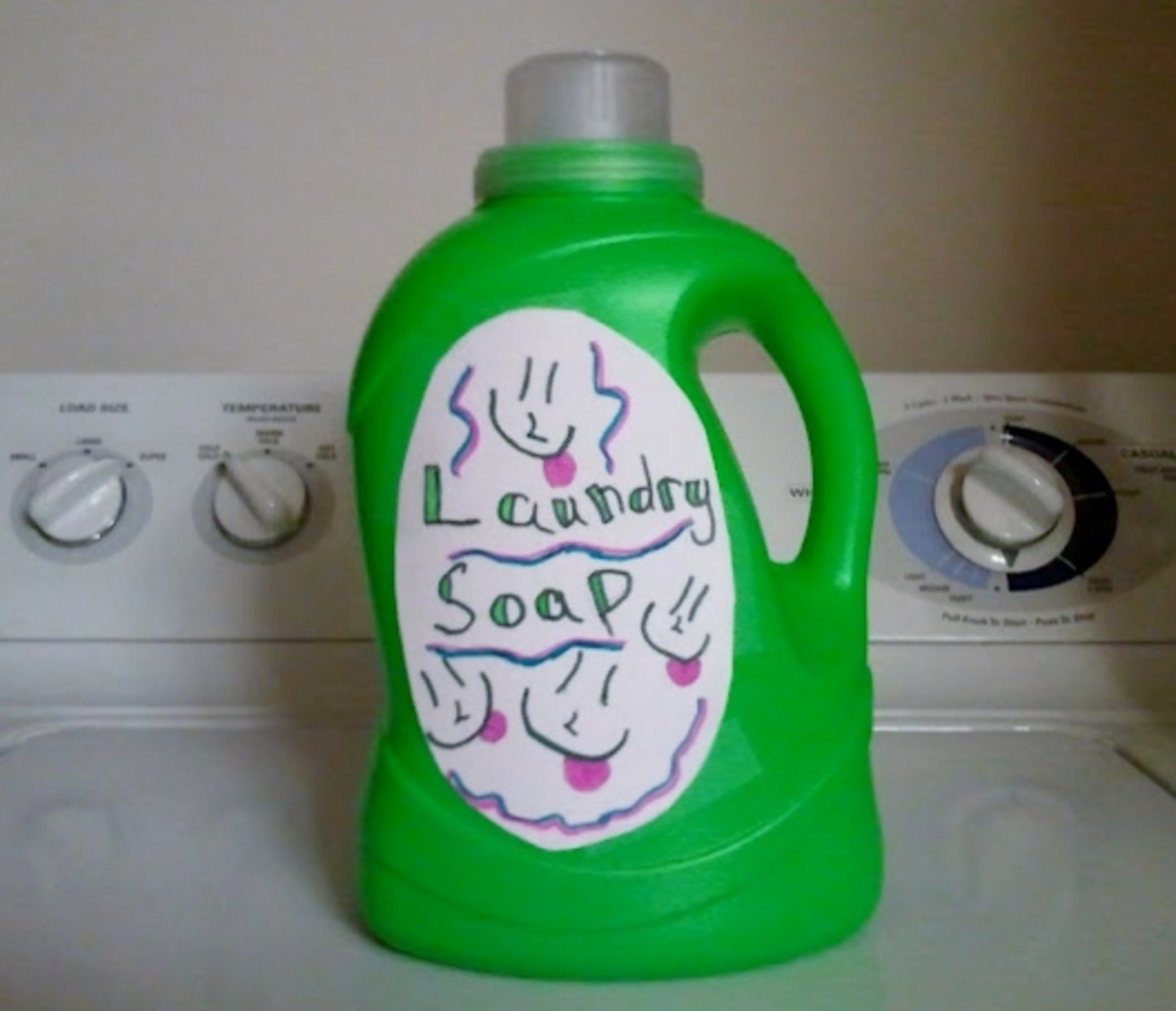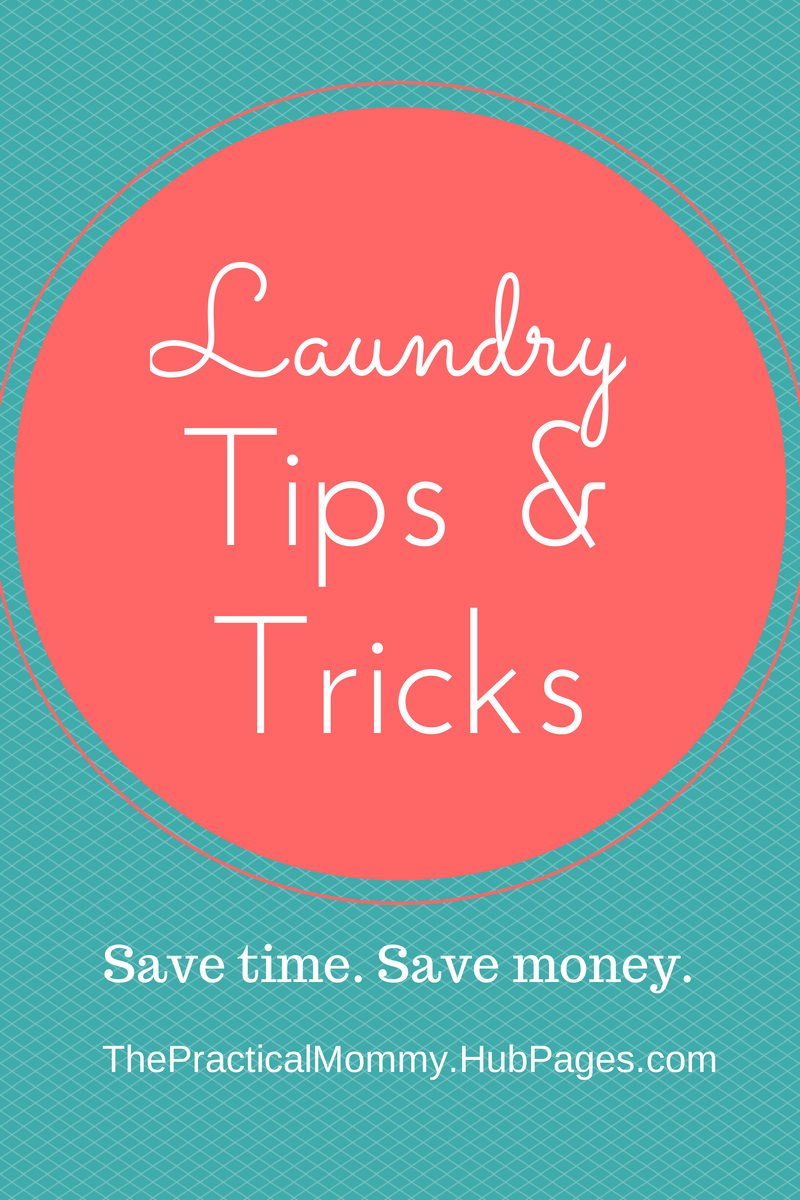How To Wash Clothes. Some Tips On Doing Laundry. How Do I Wash Clothes? Do Laundry?
Laundry? What Do I Do?
Laundry, washing clothes although not very difficult, can be a daunting task if one is completely inexperienced with the chore. I will try to give as much advice as I can so you can keep your clothes and linens clean and fresh.
Do you just put the clothes in the washer and hit the button?
No, not exactly. There are a number of variables to consider when doing your laundry. Hopefully this article will give you enough information to competently wash your clothes.

Water, First Step To Consider
.
How much water should be used?
For the clothes to wash properly, there should be enough room for the clothes to move around. Do not overfill the washer. The detergent and water should easily circulate throughout the laundry to work loose and remove the grime. There should be a setting on the washing machine which allows you to adjust the water level depending on the size of the load to be laundered.
What temperature should the water be set at?
Hot Water
If you choose to use hot water then it will be easier to remove the filth from deeply dirty laundry. Hot water will also decrease the germs on the clothes much better then cold water. If it is bed linens and such, then hot water would be most applicable.
The downside of using hot water is that it will fade the color out of your clothes faster. It will also cause some fabrics to become increasingly more wrinkled. Ex... Permanent Press
Warm Water
If you use warm water it will be very effective on getting slightly soiled clothes clean. If you wish to kill germs with warm water then you should add some kind of disinfectant. Warm water is usually alright to use on your colored clothes.
Cold Water
In order to get your clothes cleaned using cold water then a cold water detergent is going to be required. If you do not have cold water detergent, you could dissolve some detergent powder in hot water and add that to the washing machine.
Cold water will call for much more detergent to be used. If you want to kill germs during the wash you should also add a disinfectant. Cold water is most often recommended for fragile fabrics.
One Thing To Consider
By the time the water reaches the washing machine from the hot water heater it will cool down quite a bit. It may be necessary to put the washer on a higher water temperature to in fact receive hot water.
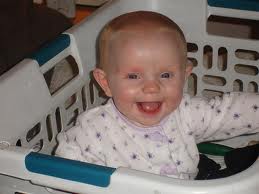
Different Types Of Water
What do I do if my water is considered hard/soft?
There are two different kinds of water. Hard Water has a high level of minerals in the water. Soft water contains few or no calcium or magnesium ions.
If you are using laundry soap instead of detergent then soft water will clean the clothes better than hard water. Hard water does contain more mineral deposits which will require you to use more soap or detergent. The clothes will not be as clean as they would be if they were washed in soft water.
The minerals that are in the hard water conjoin with the soap to create a scum which can produce difficulties with your wash. Detergents will work in both hard and soft water unless the water is particularly hard.
Should I Use A Water Softener?
You could purchase packaged powders to soften your water. You could also buy a water softening machine to eliminate the hard water. Cost could be a factor as to which choice would be right for you.
A machine used to soften water uses salt to eliminate the minerals in the water. The result is, if you use a water softening machine the salt content of the water throughout the household is increased by the softening method. If you are recommended to be on a low salt diet then the use of packaged water softeners may better benefit you.
There are two kinds of packaged water softeners, precipitating and non-precipitating softeners also known as water conditioners.
Precipitating water softeners will settle out all the minerals that make your water hard. This makes the water appear cloudy.
Softeners like this will work better in washing machines which have non automatic wringers than it will in washing machines with automatic wringers. this is due to the fact that you must lift the laundry out of the water in place of spinning the clothes to remove the water.
How do I use a water softener?
If you are using a powder, make sure that you check the directions on the package for the proper use of the product.
You should add the water softener to the machine before including your soap or detergents. When the water feels slippery to the touch then you have added enough water softener.
You will achieve a better wash if you also add softener to the rinse cycle.
If you opt for a machine to soften your water it will be done before the water gets into the machine. There should be instructions with your machine that you should become familiar with as well as reloading salt as recommended by the manufacturer.
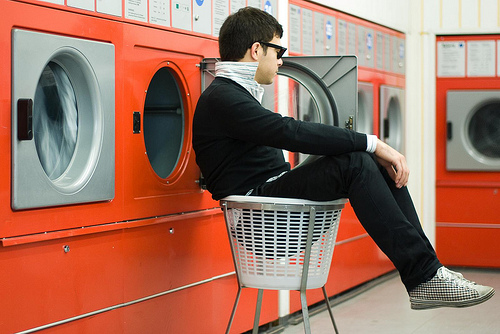
What Should I Use Soap Or Detergent?
You can use either soap or detergent to get your laundry clean. Both soap and detergent works to free the dirt from clothes. It also keeps the dirt in the water so it will not find its way back onto your clothes.
How do I choose a soap or detergent?
If you know that the area you live in has hard water, then detergent would be a better choice then soap. If you add soap to hard water during a wash cycle it will combine to form a blend of soapy scum that can discolor your clothes. If you know you have soft water then soap will work just fine.
A general all-purpose detergent that is marked as heavy duty will do the best job of cleaning most clothes. If you are washing delicate fabrics that recommend washing by hand, a milder detergent would work better. Even dish washing detergent can be used on your delicate clothes.
There are many different products available to use in your laundry. Most of these products will contain many of the same cleaning ingredients.
The most popular products are the detergent powders, probably because they are the least expensive.
If you wash your clothes in cold water then liquid detergents are made specifically for this use, they will work in warm or hot water just as well.
Do not think that the presence of suds in the wash water is beneficial. Too many suds can reduce the washing action and will be hard to rinse out of the clothes. The washing machine itself can be damaged by the suds.
If you are using a front loading machine then detergents that provide high suds are definitely not recommended. It does not matter what kind of machine you are using if you choose a low-sudsing detergent.
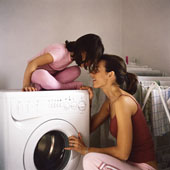
How Do I Use The Soap Or Detergent?
How much soap or detergent you should use should be read off of the directions on the label of the product you are using. The directions will tell you how much of the product you should use depending on the size of your washing machine and how dirty your clothes have become.
You should sensibly measure your soap or detergent. If you use too much, not only will you be wasting money but you may create so many suds that your laundry will not be cleaned efficiently. If you do not use enough of the product then the crud and grime may not come out of your clothes.
If the clothes are extremely dirty or the washing machine is extra large, more of the soap or detergent could be recommended. You may also need to use more soap or detergent if your area has hard water.
If you do not use enough soap or detergent your white clothes and your linens may turn an off white, almost gray color. This could also happen if your laundry is not rinsed properly.
What do I do if my clothes do turn gray?
- Run the clothes through another wash cycle using hot water.
- Add water softener to the water until the water feels slippery to the touch.
- If you noticed an abundance of suds then you know the clothes were not rinsed properly. If this happens refer to steps 1 and 2.
If the clothes still do not appear whiter then before, add soap or detergent to the load of laundry and wash them again.
What About Bleach?
Bleach is a great product to use to keep your white clothes white. It is also a great method of removing stains from your clothes. Be careful not to use too much bleach as it will damage your clothes.
Should I use chlorine bleach?
Chlorine bleach is available in both liquid and powder form. There is a wide variety of generic and name brands that are available. Liquid bleach would usually contain about 5% of active ingredient.
Liquid chlorine bleach will cost less then the powdered forms of bleach. Bleach will kill germs that are present in your laundry.
There are several fabrics and finishes that can be damaged by the use of chlorine bleach. The clothes can also become discolored, so make sure you read all the labels on the products of the clothes and the bleach container before you add chlorine bleach to your laundry.
Iron deposits in water will interact with chlorine bleach and make rust stains on clothes. Chlorine bleach also makes some yellow stains worse and may make holes in the fabric.

How should I use Liquid Chlorine Bleach?
If you are using a normal size top-loading machine, you should not need more than one cup of Liquid Chlorine Bleach.
If you are using a machine that is a larger size than you may need to increase the amount of Liquid Chlorine Bleach to 1 and 1/4 cups.
When using a machine that is loaded through the front, you would not need more than a 1/2 of a cup of liquid bleach to achieve desirable results.
When the fabric requires the garment to be hand washed, simply add 1 tablespoon of liquid bleach for each gallon of water that you will be using.
For the best results, mix the bleach with water prior to adding it to the soapy wash water. Doing this will eliminate the chance that the bleach will damage your clothing.
You need to make sure that your clothes are well rinsed, otherwise the residual bleach may weaken the fabric if it remains in the clothes.
What About Oxygen Bleach?
Oxygen Bleach is usually sold in powder form. The best thing about Oxygen bleach is that it is safe to use on any of your clothes that requires bleaching.
It can be used safely on all fabrics, fabric finishes, and your colored clothes. Before using check the label on the product for the words "Safe For All Fabrics". There are many Oxygen Bleach products to be had on the market.
How do I use Oxygen Bleach?
Add the oxygen bleach directly to the washing machine water. You will achieve the best results if you use oxygen bleaches in hot water.
Read the label on the product for specifics on the use of the product.
Make sure that your laundry is rinsed well after using oxygen bleach. To achieve the best results, use oxygen bleach each time that you launder your clothes.
Should A Fabric Softener Be Used?
There is a big difference between Fabric Softeners and Water Softeners. Fabric Softeners will make your laundry soft and fluffy, it will also reduce the static electricity that causes your clothes to cling to each other.
A Water Softener is used to eliminate mineral deposits from water that is considered hard water. The simple explanation is that fabric softeners are used to make the clothes themselves soft. Water Softeners are used to make the water soft and slippery to the touch.
Fabric softeners are available in different forms. Some fabric softeners will be in liquid form, other products are available in sheets to be used in the drying process. There are also dispensers that can be used in the dryer.
You should add your liquid fabric softener to the washer during the final rinse cycle of the washing cycle.
Fabric Softener dryer sheets are added to the clothes when you place the laundry in the dryer.
A Fabric Softener Dispenser is attached to the side of the dryer and will work for multiple drying cycles before they will need to be replaced.
Some warnings concerning Fabric Softeners.
You should read and follow all the directions that are provided on the product packaging to get the best results.
Liquid Fabric Softener can be added to some water before it is put into the laundry. by diluting the fabric softener beforehand you will have less chance that the liquid fabric softener will leave spots on your clothes.
If you are using dryer sheets to soften your fabrics you may find oily spots caused by the sheets themselves. When you are removing the clothes from the dryer, check them carefully. If you notice spots on the clothes try rubbing the spots with a detergent paste and rewashing the clothes.

How Do I Sort My Laundry?
To prepare to wash your clothes, you should check the garments and separate the clothes into different loads of clothes requiring the same washing methods.
Doing this will help you to maintain your laundry to look their best at the same time getting them to look good for as long as possible. Making sure that the correct water temperature is used on the different fabrics that garments are made from, and treating stains before adding them to the washing machine will help you to retain nice looking clothes for a long time.
How to Do Laundry : How to Sort Dirty Laundry
Seperate Your Laundry Into Groups Of Similar Clothes.
How do I sort my clothes into groups?
You should run a test on your colored clothes to see if the colors are likely to seep into the rest of your laundry. If the colors in the fabrics do indeed run then you should either wash them separately or wash them with other clothes of the same color.
To help keep your white clothes looking bright, do not wash them with your colored clothes.
Try not to wash your heavily soiled clothes with those that are only lightly soiled.
Keep the clothes that are likely to shed lint separate from the clothes that will not shed lint.
Keep your delicate fabrics separate from the more durable fabrics.
Do not put more clothes in the washing machine then the washer can handle. do not overload the washing machine. Every load of laundry should have enough room to provide good washing action.
You can mix smaller items with the larger ones to allow for good washing action, as an example you can put your wash cloths and towels in the same washer you use to wash your bed linens and sheets.
Inspecting Your Clothing Before Doing Laundry.
What is meant by inspecting every item?
Make sure all your pockets are empty, you may want to brush out the pockets and the cuffs.
Take the time to mend any rips and tears before they are out into a wash cycle.
Remove any pins or ornaments that have been put on your clothes.
Close all zippers and fasten any hooks on the clothes so that they do not damage your other garments.
Check the clothes for stains that might require you to pretreat them before placing them into the washing machine.
How Do I Pretreat And Remove Stains?
How do I pretreat my laundry and what is the best way to remove stains?
Before you wash your clothes, rub any deeply soiled areas such as shirt collars and cuffs with a wet bar of soap, a liquid detergent, or a paste made from combining powdered detergent with some water. This will help to work loose heavy stains.
If you are washing garments labelled permanent press, petreat any greasy spots with either soap or detergent and allow them to remain standing for a few hours before washing them.
Is there a guide for stain removal?
The faster that you take action to treat a stain the more likely you are that it will be removed in the washing machine. Most of these stains will be removed if you pretreat the stains with either soap or detergent.
After your clothes are removed from the washer and have been thoroughly washed and rinsed, if you notice that the stains are still present you might want to try to rewash the clothes using a bleach product. Make sure you read the directions on the label of the product you are going to use to make sure that using the product will be safe on the clothes that have stains.
If the stains are a result of egg, blood, catsup or soft drinks on your clothes, then you may want to soak the stained spots with some cold water for half an hour or longer. When they are done soaking rub the stains gently. If the stain still does not come out of the clothes, use some soap or detergent and work it into the cloth. Then rinse them out thoroughly.
You can use the same procedures for chocolate, soup or gravy stains. Let the clothes dry fully. if the stain is still visible after treatment, try to swab the stain lightly with a non-flammable, dry cleaning fluid. These products can be purchased at your local drug or grocery stores. Once again follow the directions on the products container for best results.
If your stains come from coffee, tea, or fruit juices the stains will usually come out after proper soaking and rubbing. If boiling water will not harm your clothing, then the easiest and fastest way to remove these stains is to hold the clothing over a sink or a bucket and pour boiling water through the stain. If you pour the water from about two feet above the stain it will force the stain out of your clothes.
Summary
I hope that my article will help you learn how to wash clothes. I have added as much information as I could think of to aid you in properly doing your laundry.
Treat stains as soon as possible, and remember to follow the directions on any products you use. Also read the directions on your clothes themselves to determine the best washing procedures you should use on each of your garments.
Make sure you sort and inspect your clothes thoroughly before washing. Placing clothes of the same type into the same wash cycle.
I am sure you will be very competent at doing laundry after reading this hub and following all the directions on your cleaning products, your clothes, and the machine that you are using to wash your clothes.
Good Luck and Happy Laundry Day.

